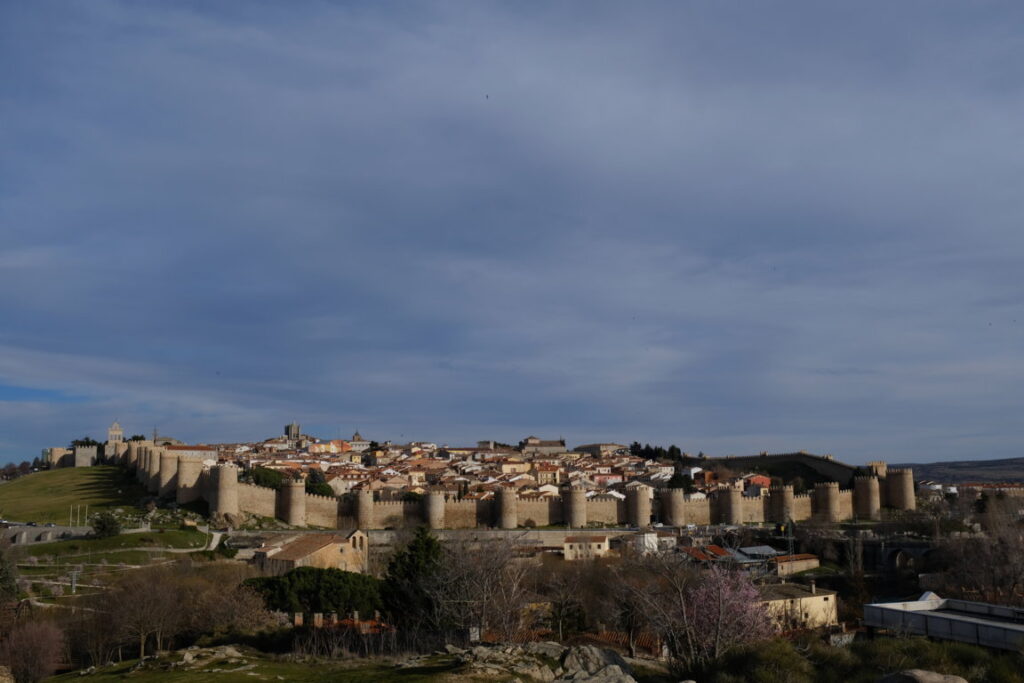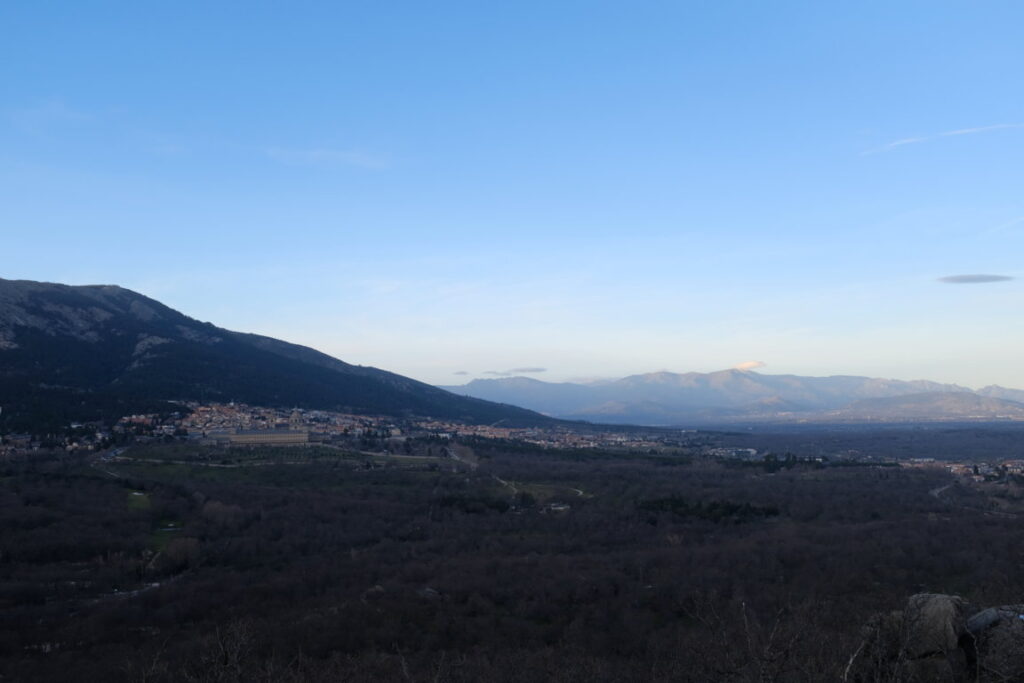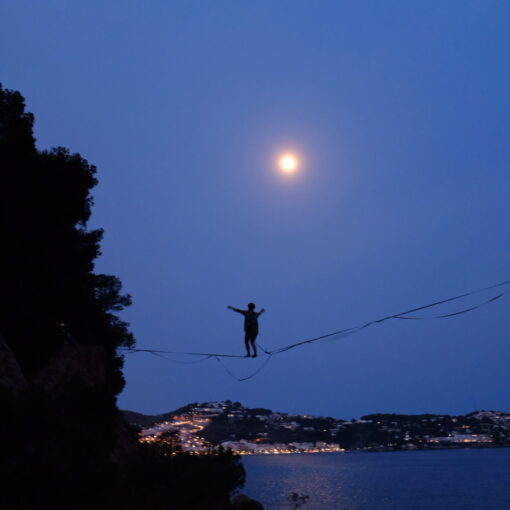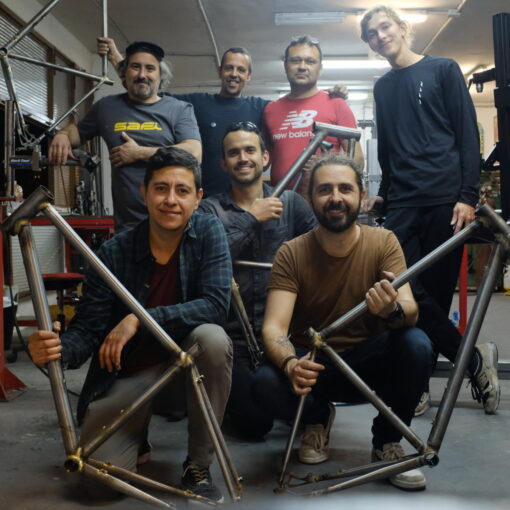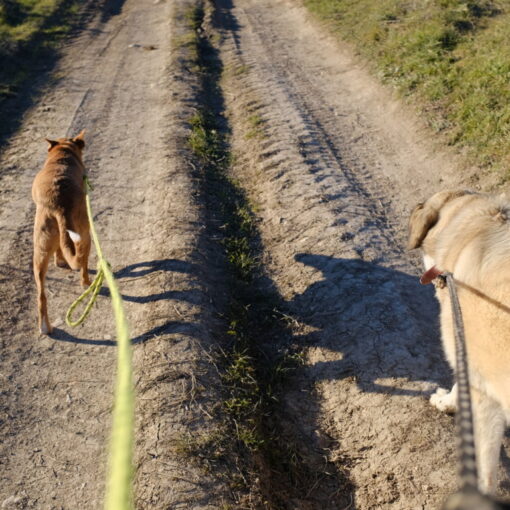What is obviously missing in this blog is the official – not to say the most important – goal of my stay in Madrid: to consolidate my Spanish skills in order to be able to attend the PH Bern (University of Teacher Education). In this post I want to summarize what I have experienced so far and how I was able to improve my Spanish at the same time. The post will also be a bit shorter, since the bike design and frame building course has started and I have very little time to myself at the moment.
I spent the first 26 days in the countryside, as I am sure you have gathered from the first entries about my stay in Spain. While I enjoyed spending a lot of time in nature, I felt a certain cognitive dissonance because I had ended up in a place where I mainly communicated with donkeys, dogs and chickens when Fredi, the owner, wasn’t around; and although they were very Spanish animals, they didn’t help me improve my linguistic skills. Fortunately, I had bought a book on applied grammar, which I used to practice in the evenings. In addition, I listened to podcasts to learn Spanish and discovered some Spanish-speaking Youtubers that I liked. Finally, and this is and remains my favorite learning method, I started using Quizlet – I have the “Quizlet Plus” subscription #languageteacher4life – to create vocabulary lists. Whenever people stopped by the farm, I was talking to Fredi, listening to podcasts, or watching videos, I would pull out my phone and write down unknown words. I grouped these words into lists of 40 words. This way I can go through the lists in 10-20 minutes, and since Quizlet has a learning mode and a writing mode, it’s very easy to see my progress, which is very motivating.
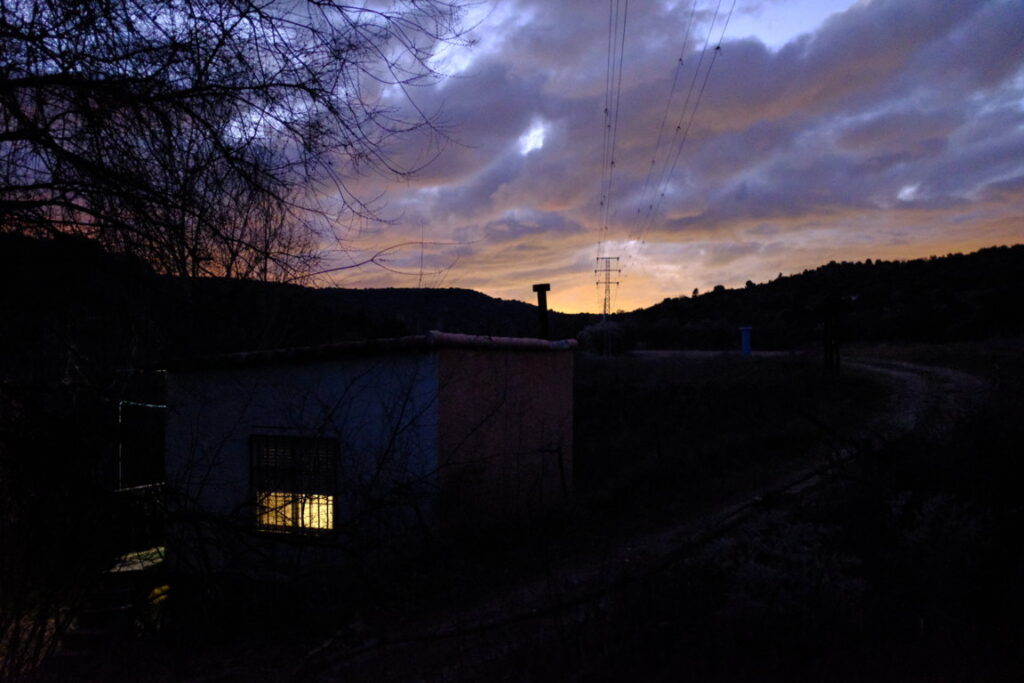

After staying in the country, I arrived in the city on February 26 and have been living a slightly more fast-paced life ever since, which has intensified my language learning. My quizlet lists will soon contain 700 words, and every day I use Spanish to talk to people, text on WhatsApp, and sometimes even write more elaborate things, like this blog or emails. Occasionally I realize I’m thinking in Spanish, but it doesn’t happen very often because I still find it more difficult than German or English. I would say the two areas I struggle with the most are verb conjugation – especially in more complex sentences that mix modes (“subjuntivo”, conditional, imperative) and tenses – and colloquial and everyday language, which I don’t know well. To improve my knowledge of colloquialisms, I write them in my vocabulary lists, funnily enough sometimes next to very “highbrow” vocabulary. This may occur because I spent the day in a museum and picked up new, more “sophisticated” words and then went out for drinks with friends and wrote down slang. For verbs, I bought a little book that reviews the conjugation of all the basic tenses and modes of Spanish, and I also bought an app called “ConjuGato”. So every day I go through at least one of my word lists in Quizlet, add new words as I hear them, and spend 20-30 minutes trying to conjugate verbs (right now I’m focusing on the tenses and modes of the indicative, future, conditional, and imperative, and next week I want to change the app to ask me for the conjugations of the subjunctive).
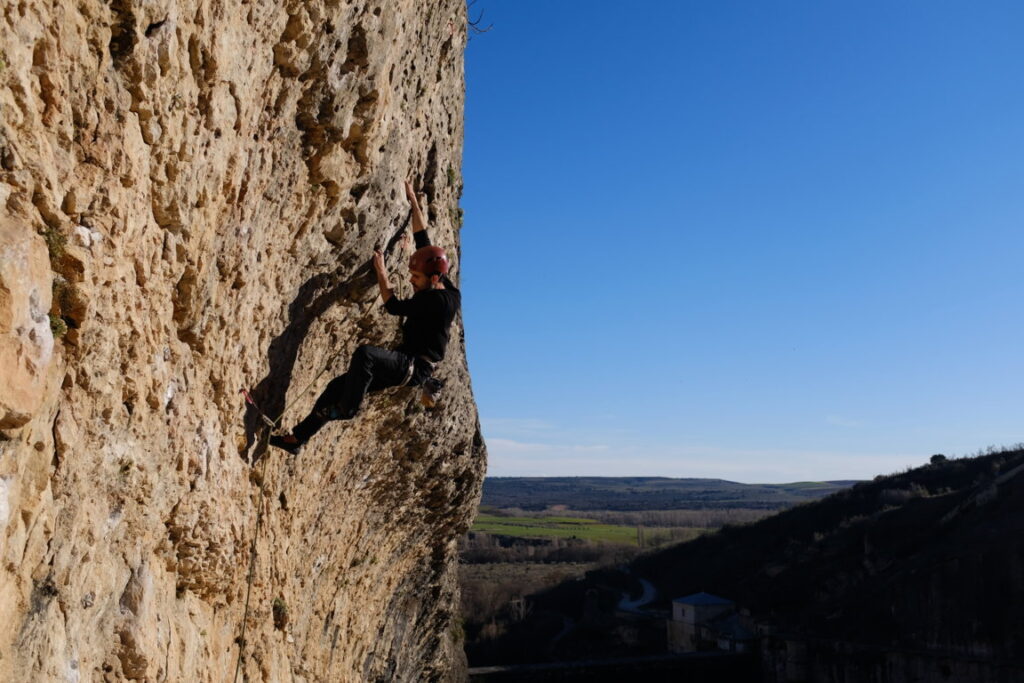
It’s very difficult to quantify how much the extra resources I’m using are helping me, on top of just being in Spain, but I feel they are having a very positive effect on my learning. Anyway, I’m now learning to build and design bicycle frames in Spanish (and sometimes in English, but luckily they tend to speak to me in Spanish). In these first two days I have often noticed that just a few weeks ago it would have been harder to follow the course. I also notice that I can communicate better with the people I’ve known for a few weeks. It has been a long time since my language skills have improved so much, and, well, that makes me happy.
